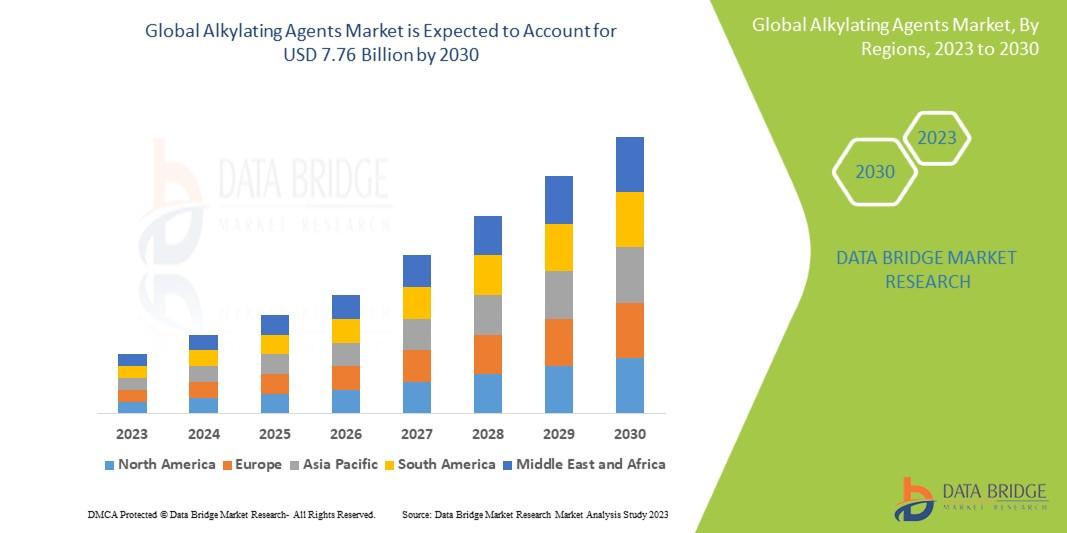Digital Branding: From Concept to Implementation

Digital branding blends strategy with design to shape how your audience perceives your business online. It covers identity, messaging, and consistent experiences across channels. The aim is clarity, not buzzwords, so readers can act on concrete steps.
1. Define the brand concept
A strong foundation starts with purpose, audience, and promise. Nail these before touching visuals or voice. Think of a real user scenario: a freelance designer explains their value in 60 seconds to a potential client who’s skimming through a mobile feed.
Key elements to lock in
Clarify why you exist, who you serve, and what makes you different. This anchors every decision later—from colors to copy. Document a one-page concept brief that includes audience segments and the core benefit.
2. Build a coherent visual identity
Visual identity communicates your concept at a glance. It should translate across logos, color systems, typography, and imagery. The goal is recognizability, not novelty for its own sake.
Practical steps
Create a scalable color palette, choose 2–3 typefaces, and draft a logo that works in small and large formats. Use consistent image styles and shot directions to keep a unified feel across channels.
3. Craft consistent messaging
Messaging channels the brand’s voice into every touchpoint. It’s not only what you say, but how you say it—tone, rhythm, and clarity. Align messages with buyer needs and the stages of the customer journey.
Message framework
Develop a three-tier approach: a core value proposition, audience-specific benefits, and proof points. These guide website copy, ads, and social posts without sounding repetitive.
A seasoned website development agency pairs UX research with technical constraints. That balance prevents scope creep and protects timelines.
4. Map the customer journey
A branded experience unfolds as users move from awareness to advocacy. Each stage should feel like a natural extension of the brand. For example, a repeat visitor should see consistently styled pages and language that reinforces trust.
Journey checkpoints
Identify key touchpoints, define goals for each stage, and ensure brand cues align. Regularly audit paths to catch friction before it harms perception.
5. Create brand guidelines
Guidelines keep teams aligned when multiple people contribute content or visuals. A concise document reduces back-and-forth and maintains consistency across channels.
Guideline essentials
Include tone of voice, typography rules, color usage, logo clear space, image treatment, and accessibility notes. Version control helps teams stay on the same page as assets evolve.
6. Implement across channels
Implementation turns theory into practice. Start with a scalable backbone—your website, social profiles, and email templates—then extend to ads, campaigns, and partnerships.
Operational tips
Keep assets centralized, tag files for quick retrieval, and use reusable components in design systems. When you publish a page, verify that headings, buttons, and microcopy reflect the brand consistently.
Below are practical tools and formats to keep implementation grounded. The tables show at-a-glance guidance and concrete steps you can copy into your setup.
7. Measurement and iteration
Brand work is ongoing. Track signals that indicate resonance—brand recall, engagement quality, and alignment with business metrics. Use findings to refine identity, messaging, and experiences.
Now a quick operational checklist and plan you can adapt for your team.
Brand rollout checklist
Use this list to ensure nothing slips through the cracks during a rollout. Each item links back to core concepts of identity and messaging.
- Finalize the concept brief and buyer personas.
- Publish the visual identity system (logo, colors, typography).
- Release the core messaging framework for web and social.
- Launch brand guidelines document to all stakeholders.
- Deploy updated website and email templates.
- Audit campaigns for brand consistency quarterly.
In addition, here are a couple of formats that help teams stay aligned during growth.
- Brand asset library with naming conventions and version history.
- Monthly brand review sessions to audit tone, visuals, and performance.
Tables: quick references for teams
First, a compact asset checklist helps keep design work on track. Then, a timeline outlines a sensible sequence for implementation.
| Asset | Specification | Owner |
|---|---|---|
| Logo | Primary and secondary marks; clear space 0.5x logo width | Brand Lead |
| Color palette | Main + accent colors; accessibility contrast > 4.5:1 | Design Team |
| Typography | Headings and body; web-safe fallbacks | Content & Design |
| Phase | Key actions | Typical duration |
|---|---|---|
| Discovery | Audience research, concept brief, messaging framework | 2–3 weeks |
| Identity development | Visual system, tone of voice samples, initial guidelines | 3–4 weeks |
| Asset production | Website pages, email templates, social bowls, ad creatives | 4–6 weeks |
| Launch & review | Public rollout, internal training, first-brand audit | 2 weeks |
Using these steps keeps the project practical and focused. Digital branding becomes a living system when teams reuse assets, follow guidelines, and iterate based on real feedback.






